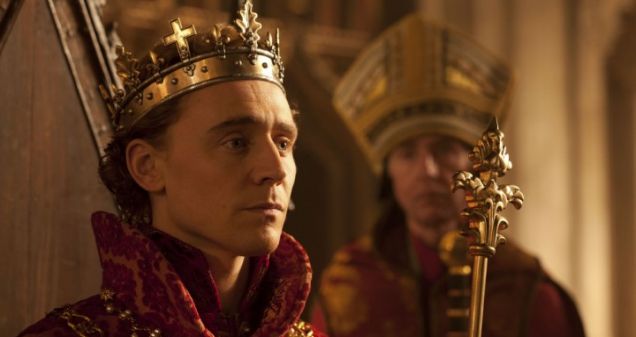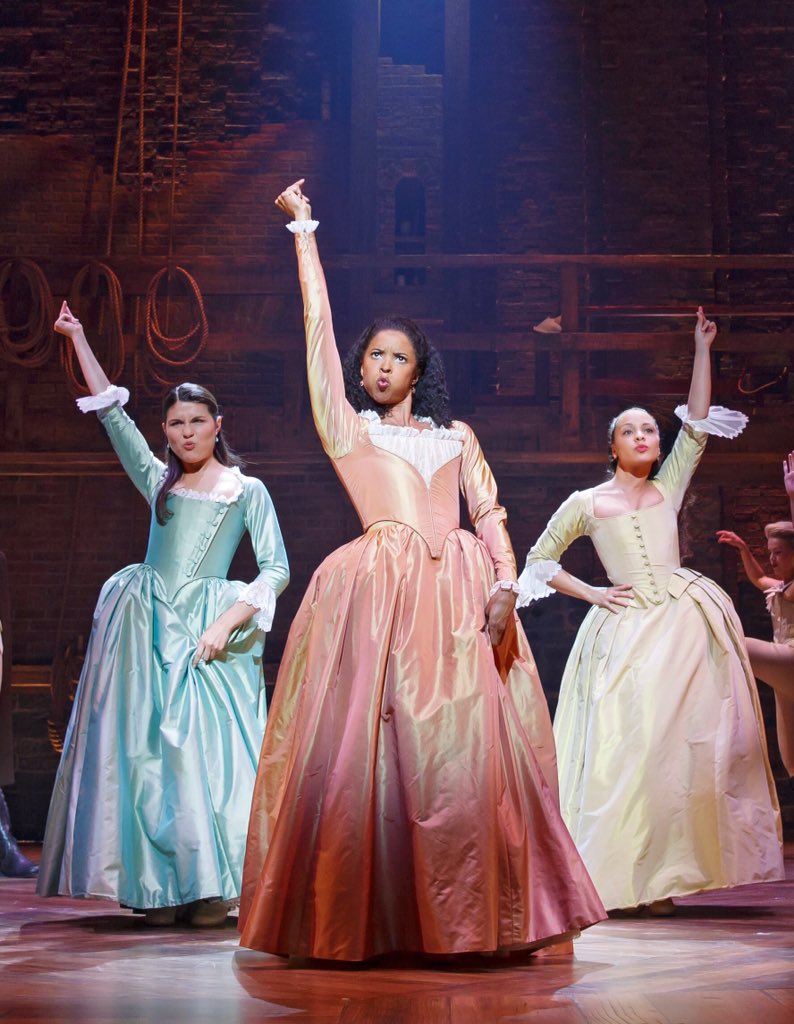 (Alamy)
(Alamy)
William Shakespeare’s works have become some of the most meaningful and successful written works to the point where they have been performed around the world for centuries, and are still being performed today. Theatre has always been a type of entertainment and art available to the wealthy and the well educated. However, Shakespeare’s works and writings contained characters and elements that made them more charismatic towards the common people: “His plays were often imbued with universal truths of human existence, rather that acting as mirrors of the privileged life. As a result, the experience of Shakespeare’s plays in the theatre took a populist turn” (Carina). Shakespeare is recognized around the globe for the legacy he left through his written works and plays; however, not many people know exactly what Shakespeare has done for the world’s society.
With the flexible use of genres in his plays and his innovative ways of telling a story, William Shakespeare is credited as one of the major contributions to modern storytelling. Up until Shakespeare in the seventeenth century where the theatre industry was one of London’s prosperous industries, theatrical stories, for the most part, were “troupes of actors that roamed the countryside or in the great halls of noble houses…[where they presented] crude native tragedies, bawdy interludes, or adaptations of the classics” (“Shakespeare’s”). However, Shakespeare changed the way stories are represented through theatre. For example, the way Shakespeare moved the plot forward solely depended on the character’s actions and decisions. Shakespeare made his characters relatable in a way where they “…[display] complex personalities, [are] intertwined in moral dilemmas, and [are involved in] sudden plot twists” (Timmons). As a result, his characters constantly find themselves under the influence of change, causing the plots and journeys in his narratives to be compelling and powerful. Additionally, Shakespeare was able to master a variety of different genres and even achieved mixing two–and sometimes even more–genres into one narrative. Shakespeare is known for mixing the genres of comedy and tragedy together. Believe it or not, a handful of his tragic works are based on some comedic aspect. His method consisted of “[mingling] with the heretofore antagonistic visions of comedy and tragedy in ways that still seem the novel and startling” (“Shakespeare’s”). For instance, the distinguished tragedy of Hamlet is found more amusing than comedies such as The Merchant of Venice; additionally, the well-known tragedy Romeo and Juliet was inspired from the comedic viewpoint of young lovers unable to overcome parental disapproval. By doing this, he proved that stories could be as flexible and intriguing as anyone wanted them to.
Shakespeare has not only become an important figure for theatre but also for language and literature. Through the centuries, it has been recognized that the largest influence to the English language was made by Shakespeare single-handedly. Without him, the English language would not be what it is today; in fact, Shakespeare played such a big part that “Even if you’ve never seen a Shakespeare play, you’ll have used one of his words or phrases” (Anderson). Today, people are accustomed to modern theatre, where the plays are achieved through the use of sets, props, and costumes. First of all, it is important to understand that Shakespeare’s plays were designed to lack a proper stage, amount of props, and visual setting; therefore, everything needed to be conveyed through language. Shakespeare’s stage can be represented “as Hamlet put it, a mirror up to nature, but it did not do so by the same means, and its reflection tended to be less realistically detailed” (“Shakespeare’s”). And indeed, the audience did not need any props or visual setting aid to know what was happening or where the events were taking place, because the actors told them. Besides describing the setting or the event, the characters usually had vast amounts of soliloquies where they would express their thoughts and decisions to the audience. Causing society to adopt a wide variety of phrases Shakespeare created. For example–and this is just scratching the surface–some Shakespeare phrases can be found in the expressions “in a pickle,” waiting “with a bated breath,” or gone on “a wild goose chase” are quotes from The Tempest, The Merchant of Venice, and Romeo and Juliet (Anderson). With this, Shakespeare created new ways of expressing oneself–feelings and thoughts–through words, and has inspired many authors to create stories of their own.

 (“Hamlet”) (“Tom”)
(“Hamlet”) (“Tom”)
Shakespeare works have not been performed in theatre exclusively. On the contrary! Various plays have been taken to the big screen, have even been adapted to fit the modern world, and some are hidden in well-known movies. Of course, many are familiar with Leonardo DiCaprio’s film Romeo + Juliet, the film adaptations of Coriolanus and Hamlet, and maybe even BBC series The Hollow Crown (based on Shakespeare’s historical plays); however, people are so familiar with the classics that they do not realize that some may even be hidden inside storylines. For instance, the film West Side Story is actually based on the tragedy Romeo and Juliet, and the Disney’s beloved classic The Lion King strongly resembles the tragic story of Hamlet. One may not realize it, but Shakespeare is part of everyone’s lives in one way or another. Now, just as Hamlet once did, we just need to ask ourselves “To be or not to be?”
 (“Claire”)
(“Claire”)
Works Cited
“Shakespeare’s Theater.” Brooklyn College, adapted from A Guide to the Study of Literature, English Department Brooklyn College, 12 March 2009, academic.brooklyn.cuny.edu/english/melani/ cs6/sh_th.html.
Timmons, Greg. “William Shakespeare’s 400th Anniversary: The Life & Legacy of The Bard.” Biography, 21 April 2016, www.biography.com/news/william-shakespeare-400th-anniversary-facts.
Carina. “William Shakespeare’s Impact on Theatre.” Octane Seating, 3 November 2016, www.octaneseating.com/the-impact-of-william-shakespeare-on-theater.
Anderson, Hephzibah. “How Shakespeare Influences the Way We Speak Now.” BBC, 21 October 2014, www.bbc.com/culture/story/20140527-say-what-shakespeares-words.
Alamy. “William Shakespeare.” The Telegraph, 1 November 2015, www.telegraph.co.uk/news/newstopics/howaboutthat/11968936/Shakespeares-skull-rumours-DNA-testing-barred-by-Church.html.
“Andrew Scott in The Hollow Crown.” IMDb, BBC Pictures, 2012, www.imdb.com/title/tt2262456/mediaviewer/rm1118703104.
Persson, Johan. “Macbeth Kenneth Branagh.” National Live Theatre, ntlive.nationaltheatre.org.uk/productions/ntlout4-macbeth.
Persson, Johan. “Benedict Cumberbatch Hamlet.” National Live Theatre, 2015, ntlive.nationaltheatre.org.uk/productions/ntlout18-hamlet.
Brenner, Mark. “Martin Freeman in Richard III.” The Telegraph, Warner Bros, www.telegraph.co.uk/culture/theatre/11103044/Martin-Freeman-playing-Richard-III-has-done-me-in.html.
“Hamlet – David Tennant and Sir Patrick Stewart.” Film Review, BBC, filmreviewonline.com/2010/01/15/macbeth hamlet-sir-patrick-stewart/.
“Tom Hiddleston in Henry IV, Part 2 (The Hollow Crown).” IMDb, BBC Pictures, 2012, www.imdb.com/title/tt2262456/mediaviewer/rm3276807424.
“Claire Danes and Leonardo DiCaprio in Romeo + Juliet.” ET Online, 20th Century Fox, www.etonline.com/features/201731_romeo_juliet_leonardo_dicaprio_claire_danes_on_edge_of_worldwide_stardom/.



 (Persson) (Brenner)
(Persson) (Brenner)

 (“Junk”)
(“Junk”)

























 (Idina) (Kristin)
(Idina) (Kristin) 



 (Danna) (Cecilia)
(Danna) (Cecilia)










